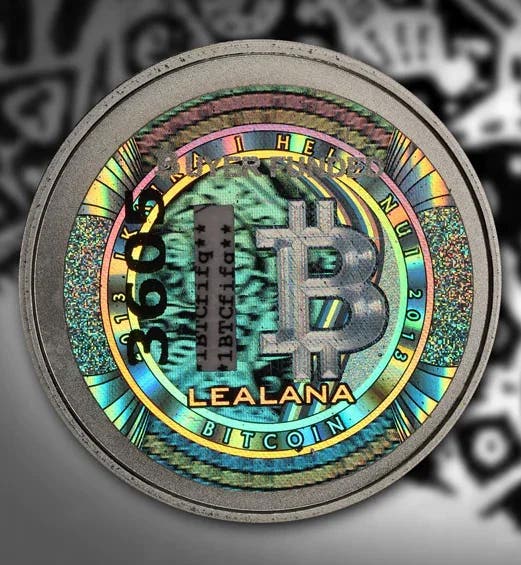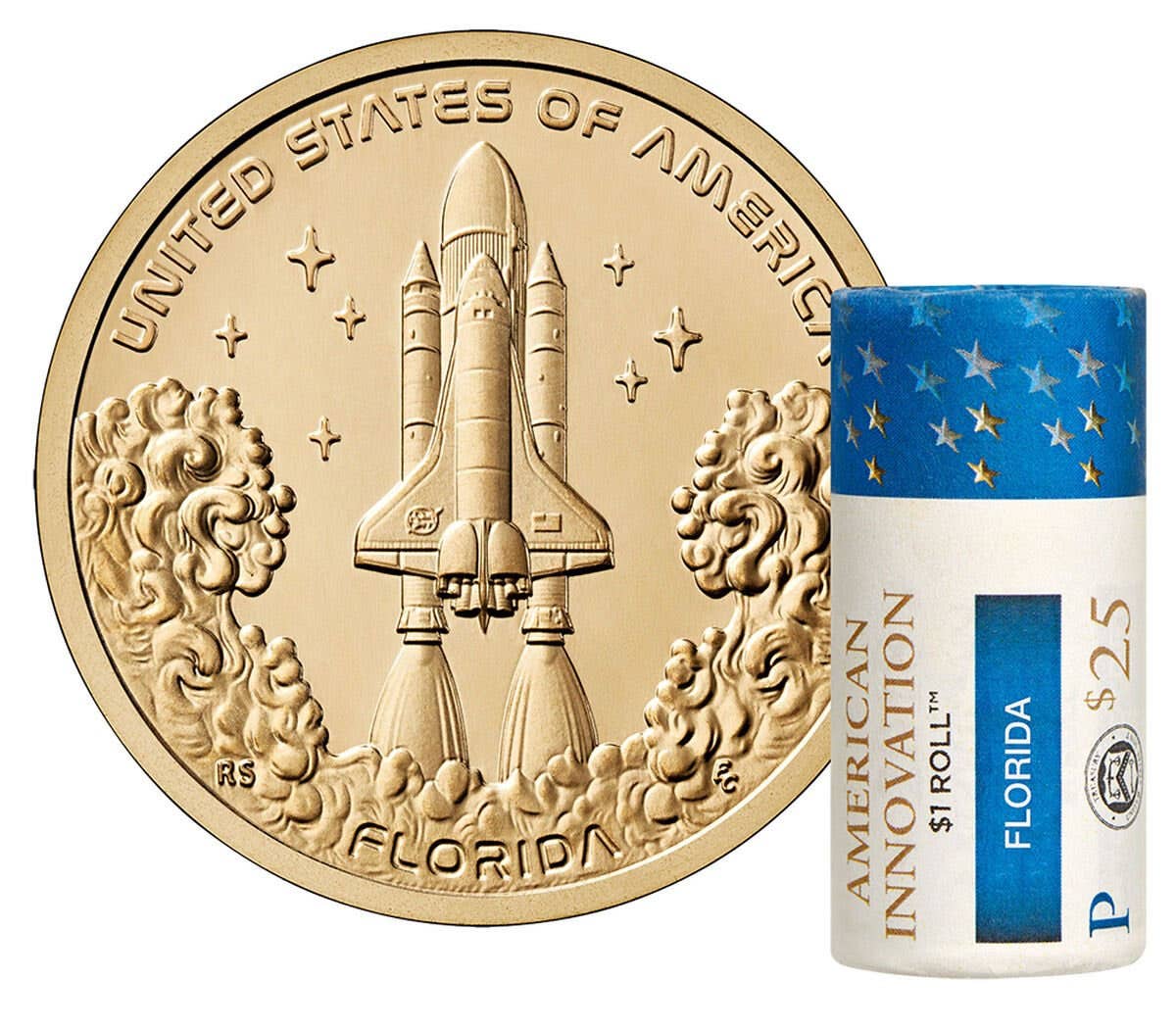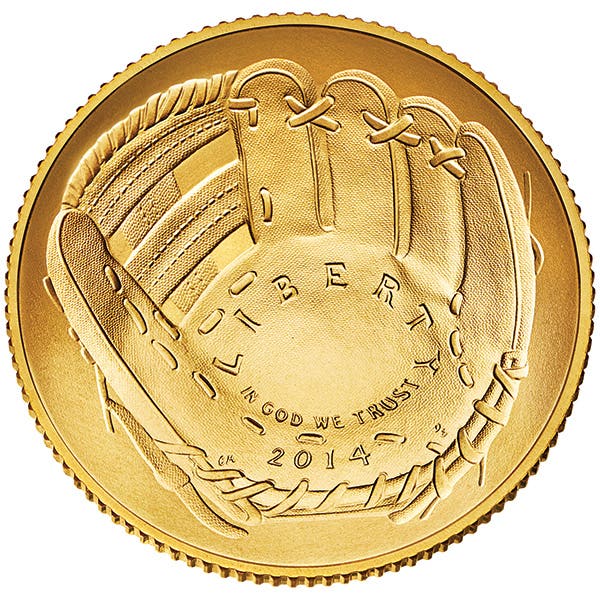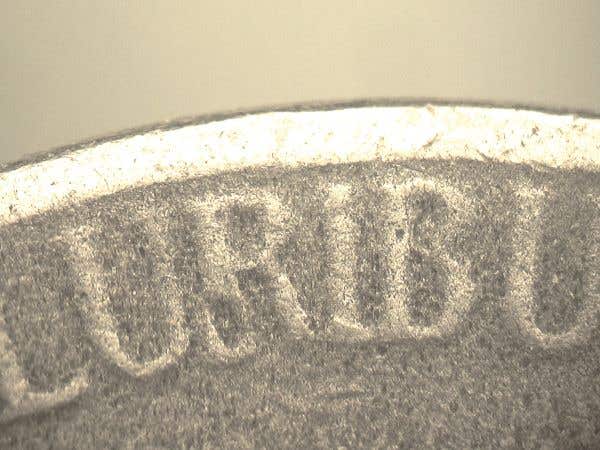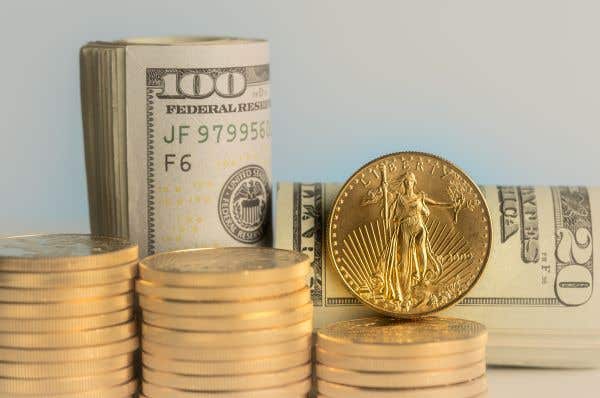Viewpoint: Make commmems circulation strikes
In rebuttal to F.M. Fawcette’s “Viewpoint” in the Nov. 13 edition of Numismatic News, I agree yet disagree on the “killing” of the commemorative coin program. Yes, we should keep the program as it stands, only one or two a year, but make it issues in “business strikes” like other circulating coins, as well as .999 silver strikes.
By: Bill Tuttle
In rebuttal to F.M. Fawcette’s “Viewpoint” in the Nov. 13 edition of Numismatic News, I agree yet disagree on the “killing” of the commemorative coin program.
Yes, we should keep the program as it stands, only one or two a year, but make it issues in “business strikes” like other circulating coins, as well as .999 silver strikes. Some of us collectors cannot afford the silver commemoratives, yet would love to have a commemorative coin – or two – in our collection.
Speaking of commemoratives, and adding an answer to the e-letter question of Oct. 19, I say “yes” to a 50th anniversary JFK half dollar. I would change the reverse from the Presidential Seal to the same Apollo design that was on the “Ike” and “Susie” dollars.
After all, JFK was the inspiration in developing the space program for the U.S. The obverse would remain basically the same, but a dual date (1964-2014) would be appropriate on both the business strikes for regular circulation and the .999 silver commemorative for 2014 only. In 2015, the “new” JFK half could revert to a single date and keep the Apollo reverse.
Back to Fawcette’s “Viewpoint,” I disagree with some of his choices for discontinuing some coins and/or programs. One of the biggest wastes is the production of the cent. In its current form, it costs the government about 1.5 face value of the coin to produce. Many other developed countries have removed their lowest denomination coin from circulation. Recently, Canada ceased production of its cent coin and is recalling them from circulation to be melted down.
The half dollars should remain and be put into circulation. Banks should be advised to give their customers a half dollar instead of two quarters when someone asks for 50 cents. Or a quarter and a half for 75 cents. The paper dollar should be culled from circulation and demonetized after six months from the recall date.
The “Presidential/First Spouse” program should be terminated, as well as the Native American Heritage program on the dollar coin. The Native American Heritage coins should be produced on a bi-metallic Indian Head (recall the 1913 nickel obverse) $2.50 coin or quarter Eagle. Eliminate the $2 bill. How long has it been, other than going to a race track, since you received a $2 bill in circulation? Sacagawea can remain on the dollar coin.
Yes, eliminate the America the Beautiful program now. I don’t know about the rest of you, but since that program started, I’ve received only two examples in circulation. Like (heck) I’m going to pay a premium to the Mint for a coin that is supposed to be in circulation.
Put George back on the quarter like he was before the government started fooling around with these long, tiresome, and boring programs. (After the ATB quarters, they’re thinking about state Birds or another thing for the next 10-year program.)
Since the original Washington quarter came out in 1932, perhaps it could have a three-quarter profile like the Jefferson Nickel, and maybe the design on the reverse could change like the Flying Eagle of 1916, perhaps.
Along the line of the ATB quarters, the 5-ounce silver ATB “hockey pucks” should also be dumped. The ATB program would have worked much better on the backs of our paper money, being produced in color on a 5-by-2-inch “slate” rather than a monochrome 1-inch disc. The other programs Fawcette mentions, I agree should be eliminated. The silver proof sets should go, but proof sets could be minted in the copper-nickel clad and “golden” metals as the regular strikes.
Finally, the government should eliminate all “paper” money and go to a polymer type currency, as Canada and many other countries are going, or have gone, too. It costs a little more to produce, but lasts longer than “paper,” therefore, costing less in the long run. Not only is a polymer note more cost effective, it is also more tear resistant than paper, and less prone to counterfeiting at this time.
This “Viewpoint” was written by Bill Tuttle, a Cleveland, Ohio, hobbyist. To have your opinion considered for “Viewpoint,” write to David C. Harper, Editor, Numismatic News, 700 E. State St., Iola, WI 54990. Send email to david.harper@fwmedia.com.
More Coin Collecting Resources:
• Subscribe to our Coin Price Guide, buy Coin Books & Coin Folders and join the NumisMaster VIP Program




